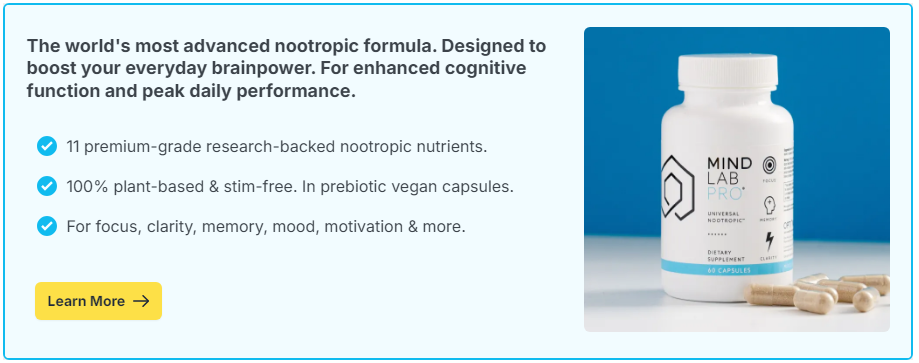
Why do some people adore bizarre music, offbeat art, or strange food combinations that others might find unappealing? What makes a brain light up at the sight of something a little—or a lot—out of the ordinary?
Unusual preferences are more than just personal quirks. They’re windows into how brains handle novelty, complexity, risk, and emotional stimulation. In fact, loving the weird might reveal surprising strengths in cognitive flexibility, emotional resilience, and creative thinking.
Contents
Attraction to Novelty: The Brain’s Built-In Curiosity
Human brains are wired to seek out novelty. In evolutionary terms, noticing and investigating the new had serious survival benefits—whether it was spotting fresh food sources, recognizing unfamiliar dangers, or inventing better tools.
Today, the brain’s novelty-seeking impulse still runs strong, but it shows up in subtler ways, like preferences for strange art, experimental music, or eclectic fashion choices.
Key Brain Systems Involved:
- Dopamine Pathways: Novel stimuli trigger dopamine release in areas like the ventral tegmental area (VTA) and nucleus accumbens—activating reward circuits and creating feelings of pleasure and interest.
- Hippocampus: Involved in memory and spatial navigation, the hippocampus is highly responsive to novel contexts, helping to encode unusual experiences more vividly.
- Prefrontal Cortex: Governs decision-making and risk assessment, balancing the urge for novelty with practical judgment.
In short, when you’re drawn to something weird, your brain is lighting up in ways designed to reward exploration and learning.
Neural Roots of Unusual Tastes
Not everyone craves novelty to the same degree. Several neurological and psychological factors influence how much a person is drawn to the strange and unconventional.
1. Sensation Seeking
Psychologist Marvin Zuckerman coined the term sensation seeking to describe individuals who crave new, complex, and intense experiences. High sensation seekers show greater activation in reward circuits when exposed to novel stimuli—and often report unusual tastes in art, food, and music.
2. Openness to Experience
One of the Big Five personality traits, openness to experience is strongly correlated with a love of the unconventional. Brain imaging studies show that people high in openness exhibit stronger default mode network activity—supporting imagination, curiosity, and comfort with ambiguity.
3. Neural Plasticity and Learning
Brains that adapt quickly (high neural plasticity) may be better at integrating novel, complex information without discomfort. For these individuals, encountering something weird feels invigorating rather than threatening.
Examples of Unusual Preferences and Brain Responses
Unusual tastes aren’t random—they often reflect deeper cognitive-emotional processes at work. Here’s how different “weird” preferences might tie back to brain function:
1. Avant-Garde Music
Appreciating experimental or atonal music may involve greater prefrontal cortex engagement to override initial discomfort and find pleasure in complexity.
2. Surreal Art
Admiring surreal or abstract art may reflect a well-developed capacity for cognitive flexibility—the ability to tolerate and even enjoy multiple interpretations or ambiguous meanings.
3. Strange Food Combinations
Enjoying bizarre culinary pairings taps into the brain’s reward prediction error system—we’re thrilled when experiences defy expectations in a positive way.
When the Brain Struggles with the Weird
Of course, not everyone loves the unusual. Some brains find deviation from the familiar to be uncomfortable or even threatening.
Factors That Decrease Tolerance for the Unusual:
- High Trait Anxiety: Heightened threat sensitivity can make novel experiences feel risky or overwhelming.
- Low Cognitive Flexibility: Difficulty adapting to new frameworks makes strange stimuli feel confusing rather than intriguing.
- Rigid Predictive Coding: Some brains have tighter prediction models, making unexpected input feel like an error rather than an opportunity.
This doesn’t mean people who prefer the familiar are “less creative”—it just means their brains prioritize safety and predictability in different ways.
Is Loving the Weird Good for the Brain?
In many ways, yes. Embracing the unusual supports cognitive growth and emotional resilience:
- Enhanced Creativity: Seeking out strange stimuli encourages novel associations and divergent thinking.
- Greater Adaptability: Exposure to weirdness builds tolerance for ambiguity and uncertainty—critical skills in a rapidly changing world.
- Strengthened Emotional Regulation: Learning to navigate and enjoy the unknown can reduce anxiety responses over time.
Plus, on a simpler level, appreciating the strange adds richness, humor, and adventure to daily life—a brain-boosting benefit that’s hard to quantify but deeply felt.
How to Cultivate a Healthy Taste for the Unusual
If you’d like to expand your brain’s comfort zone and enjoy the cognitive perks of weirdness, try:
- Listen to unfamiliar music genres: Swap your usual playlist for experimental jazz, Mongolian throat singing, or ambient electronica.
- Visit an art exhibit outside your taste: Spend time with styles you don’t immediately understand. Let curiosity lead instead of judgment.
- Experiment with new foods: Try a dish you’ve never heard of—or invent your own strange flavor combination.
- Change daily routines: Take a different route to work, switch up your morning order, or rearrange your workspace for novelty.
- Practice “weird gratitude”: Each day, find something strange and appreciate it for expanding your perspective.
Embracing the Beautifully Strange
Your brain isn’t just a logic machine—it’s a curiosity engine, built to seek, stretch, and savor the unfamiliar. Loving the weird doesn’t make you odd; it means you’re tapping into ancient, essential capacities for exploration, creativity, and wonder.
So the next time something strange catches your eye, your ear, or your taste buds, pause and smile. Your brain is doing exactly what it evolved to do: leaning into the unknown, opening doors you didn’t even know were there.

